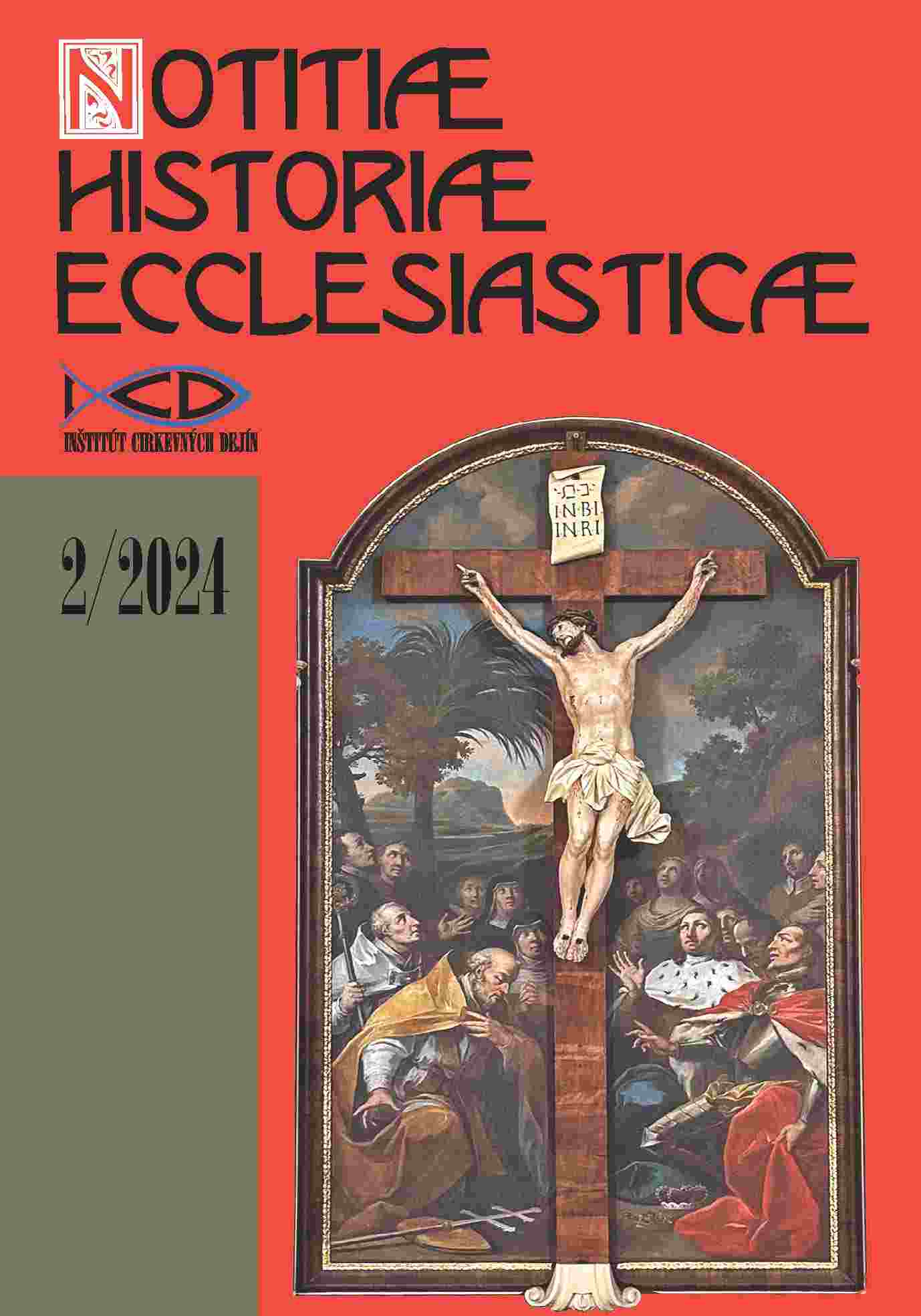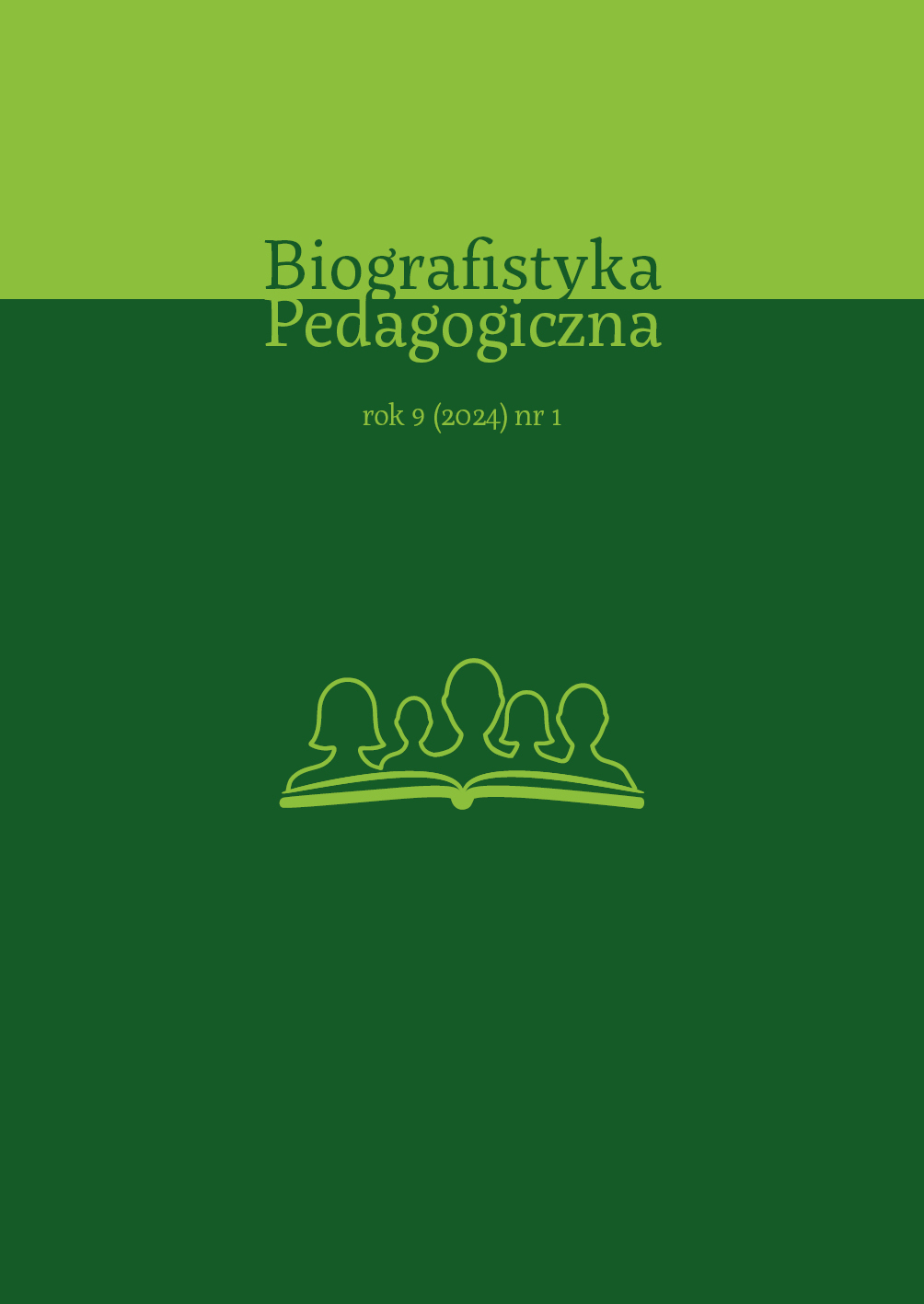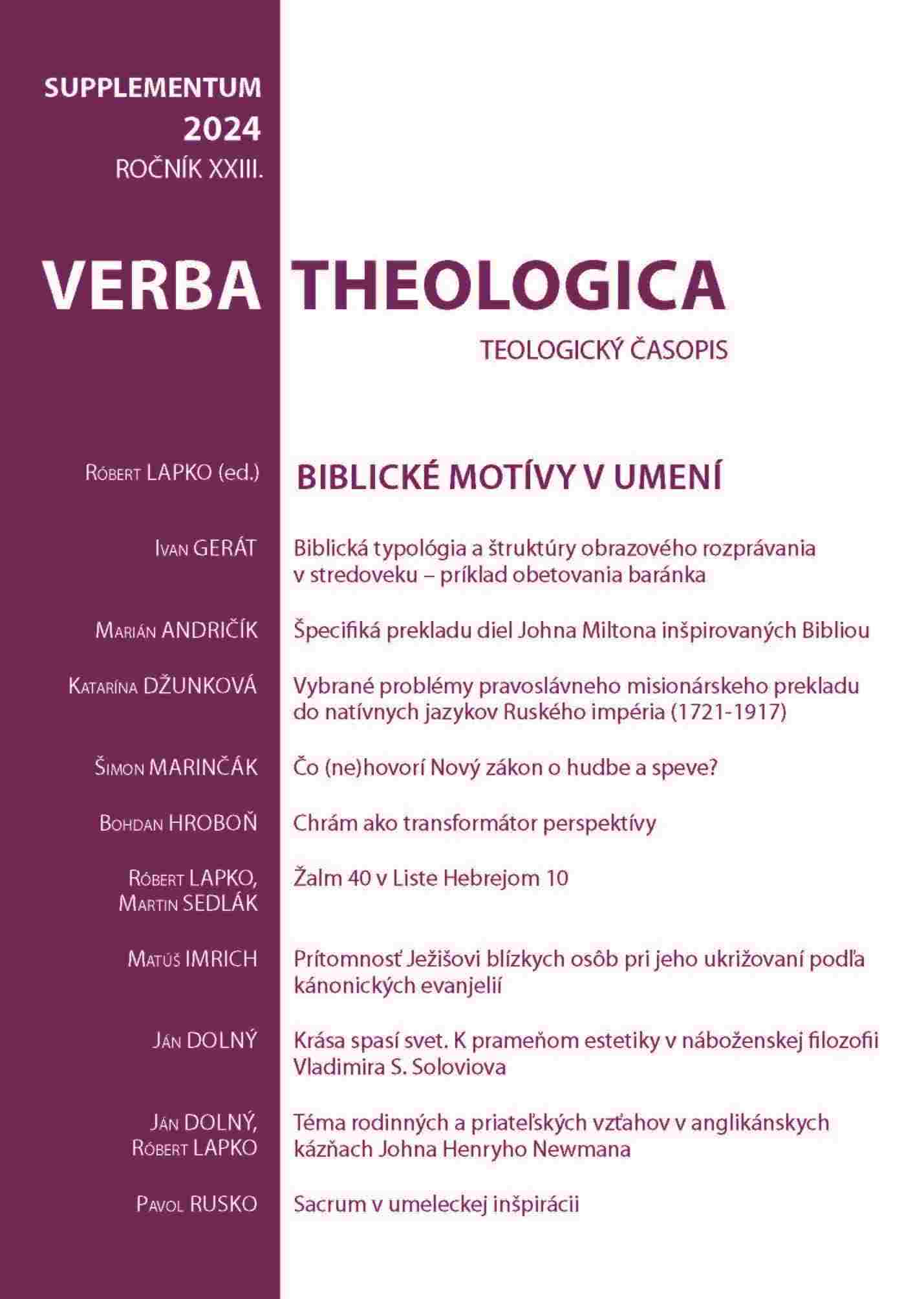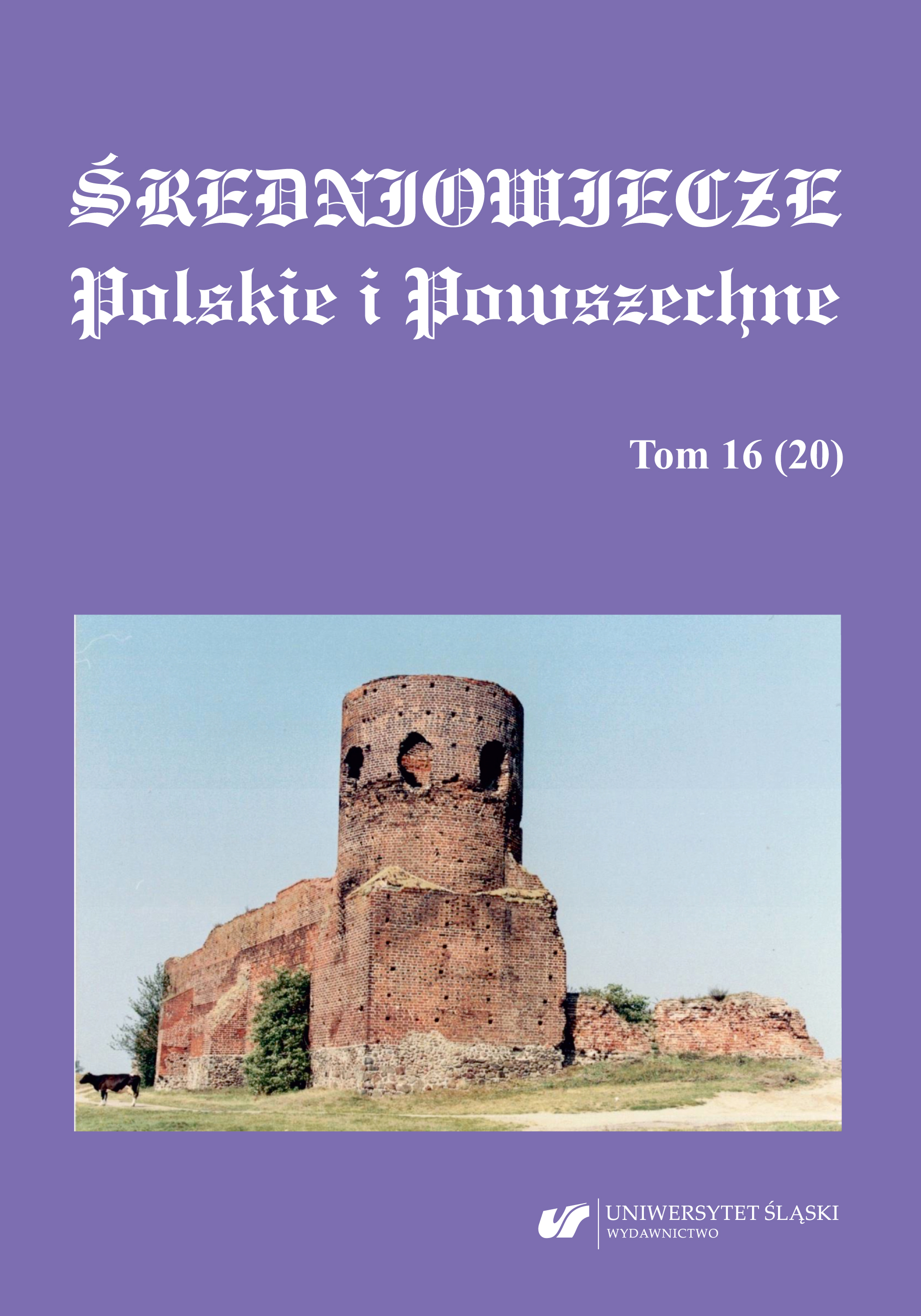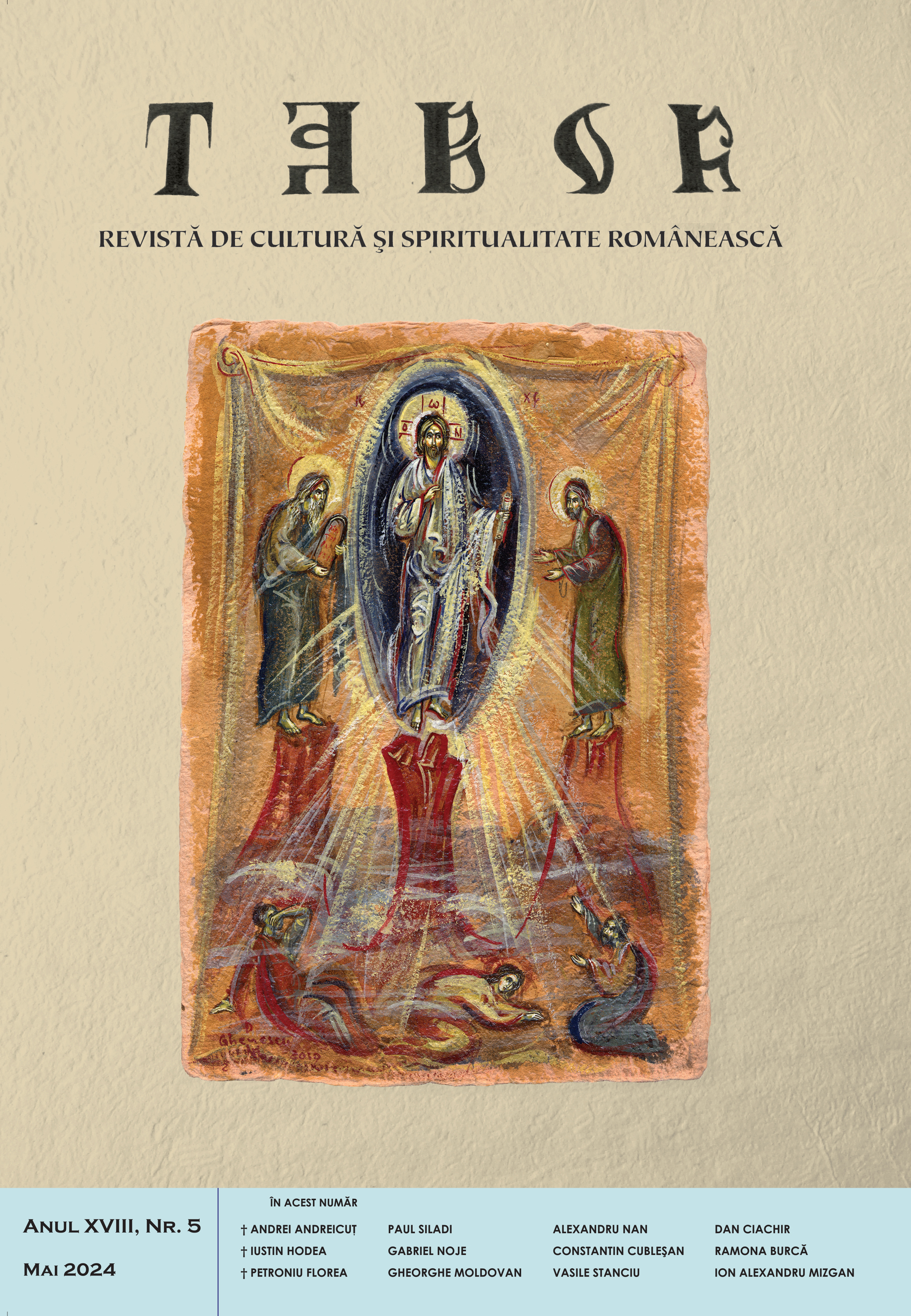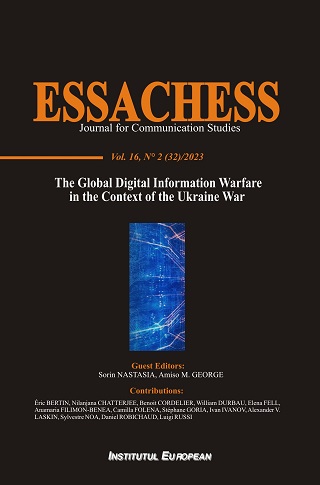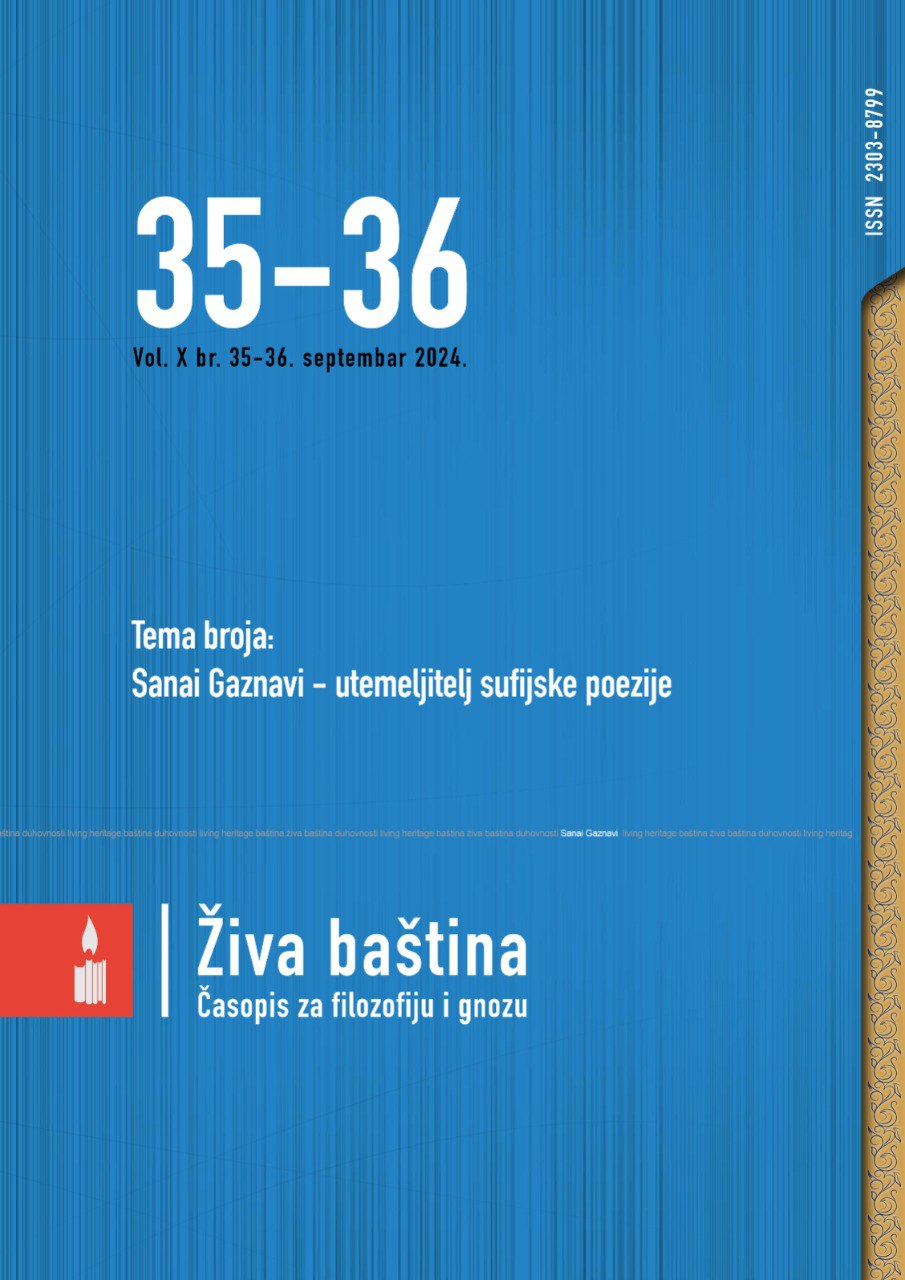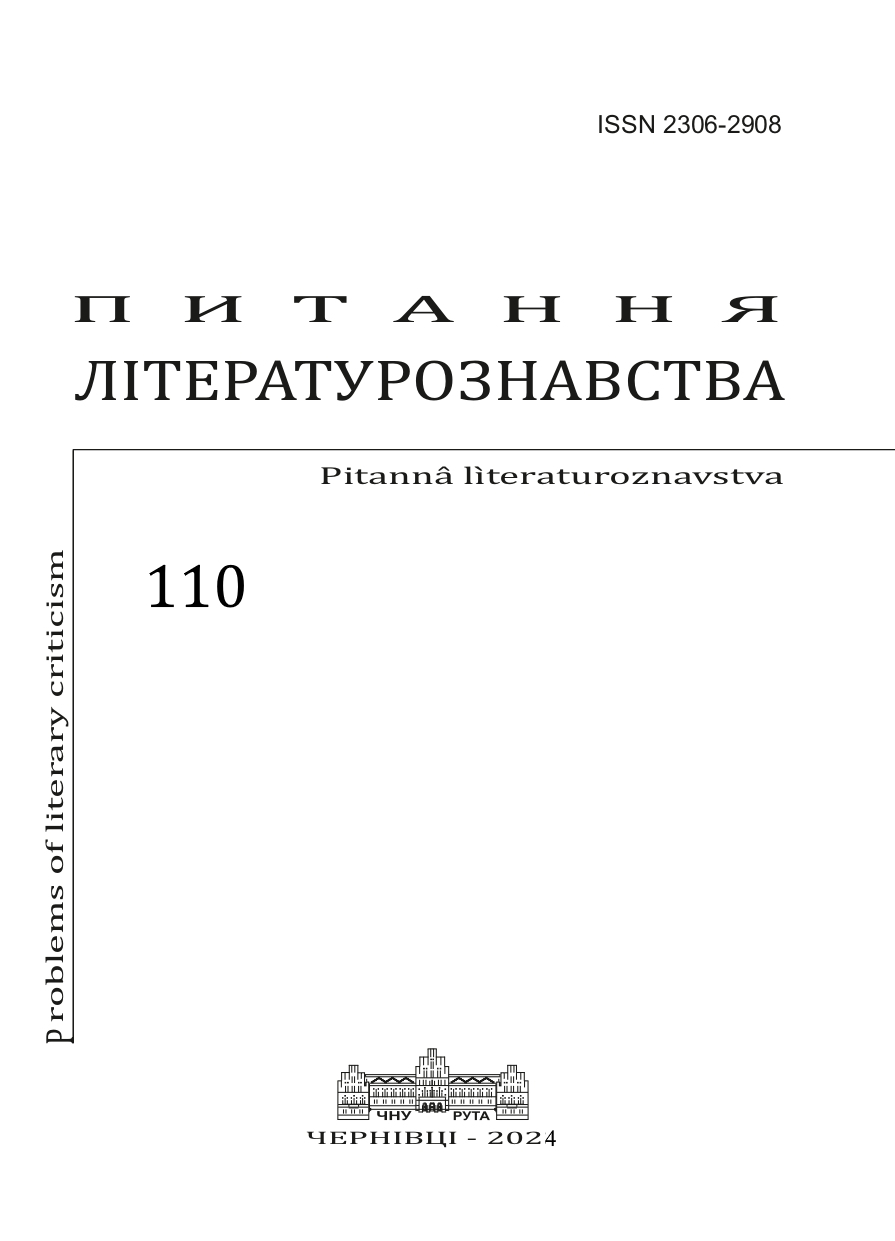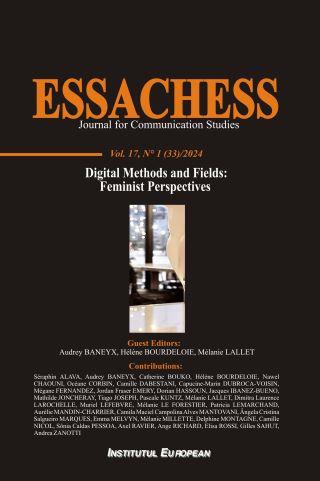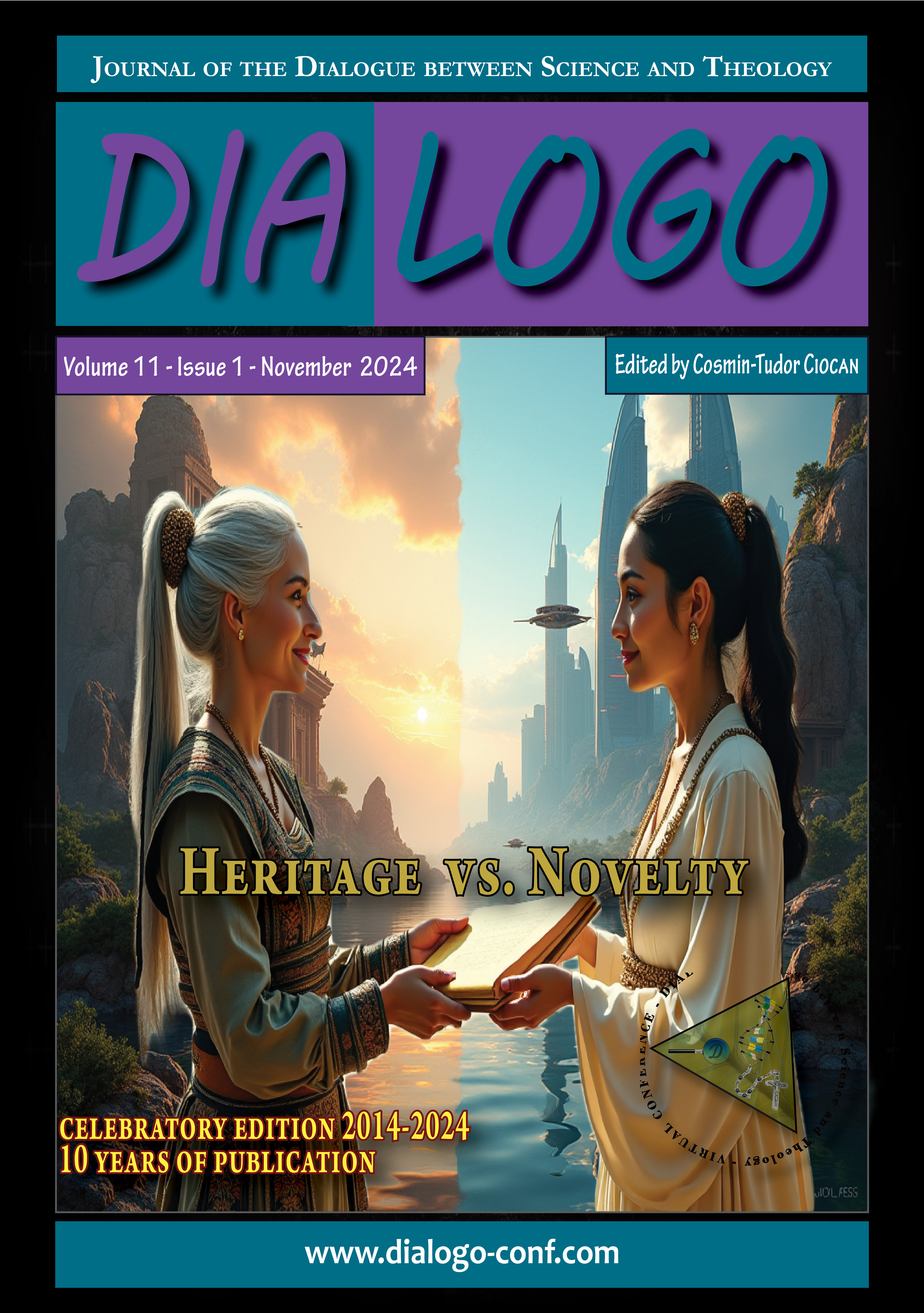
Enhancing family dynamics with a focus on fatherhood: An empirical and practical theological study in South Africa using the Fatherhood Training Manual
Over time, fatherhood has evolved, leading to significant challenges, repercussions, and difficulties for families in their local communities. The issue of fatherhood is a major challenge facing families today, as many fathers encounter serious obstacles, and often are not present during this period of reconceptualization. The fatherhood issue has disastrous ramifications, as struggles faced by men adversely affect families, society, and eventually the entire world. Family dynamics, encompassing the patterns of interactions between relatives, their roles and relationships, and the factors influencing these interactions, are indispensable. Family members are primary sources of relationship security, relying on one another for emotional, physical, and financial support. However, families are increasingly fading from our society, along with God's intended purpose for them. The fatherhood conundrum in many South African communities suggests that the fundamental problem lies in fathers failing to fulfill their essential roles. Therefore, from a biblical standpoint, the Fatherhood Training and Equipping Program (FTEP) is crucial for salvaging the male role and restoring a healthy and sane family and society. Research has shown that the FTEP not only addresses a major gap in the lives of families but also harnesses the strengths of fathers, enabling them to make significant contributions to their homes and communities. Its primary goals are to enhance family life and address the fatherhood issue. The curriculum consists of a well-defined set of fundamental exercises and activities designed to facilitate learning, foster interpersonal skills through interaction and sharing, and develop critical thinking, decision-making, coping mechanisms, motivation, and commitment to action.
More...
